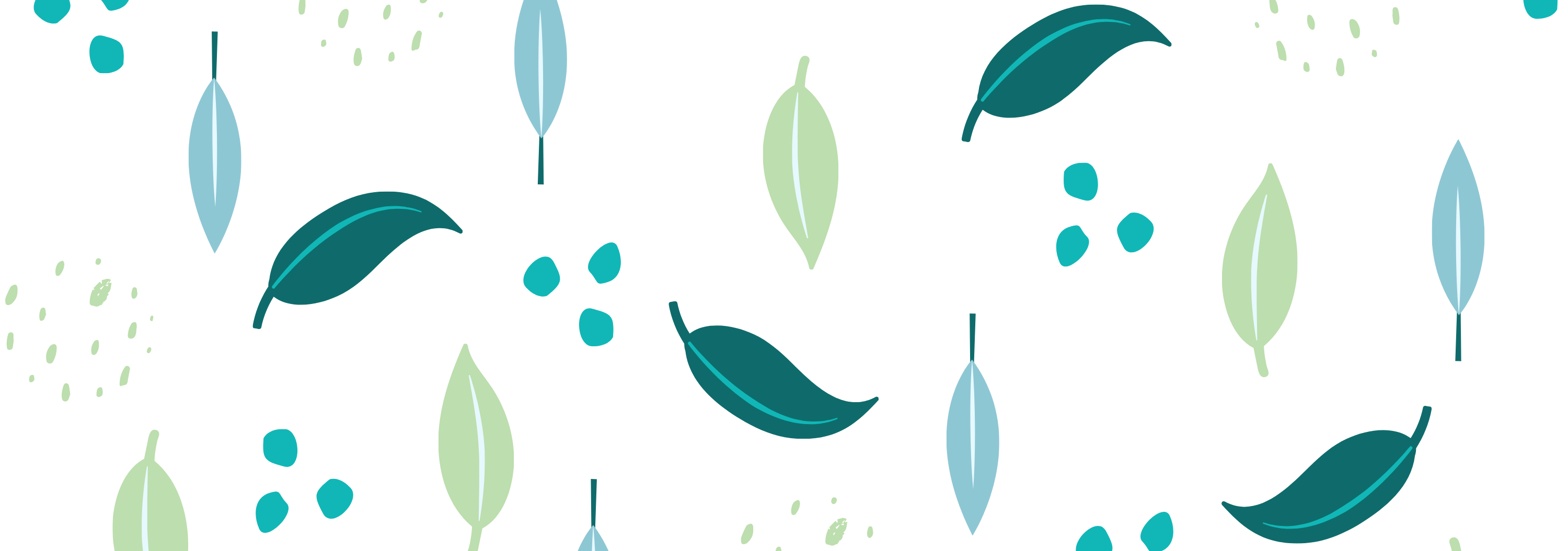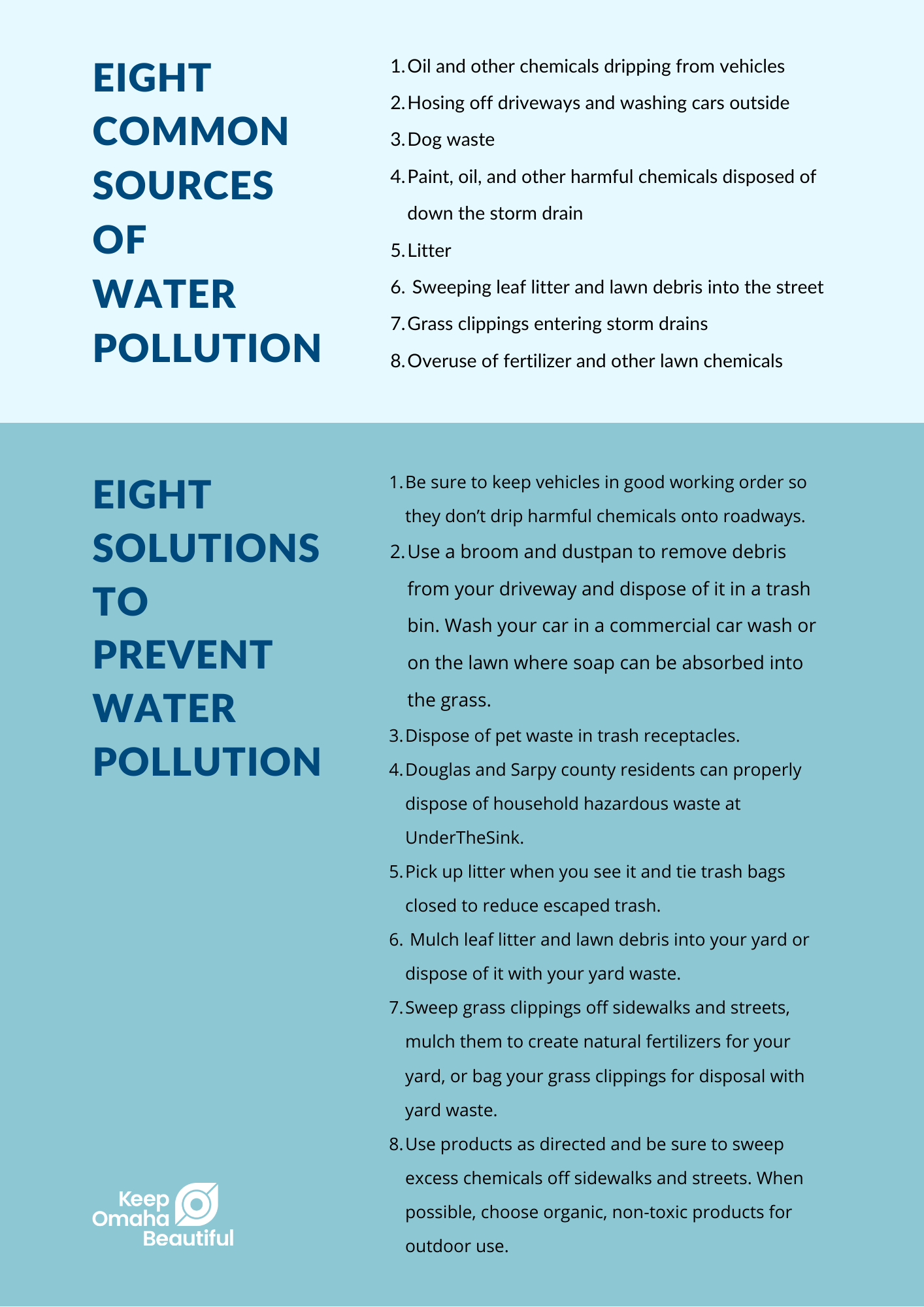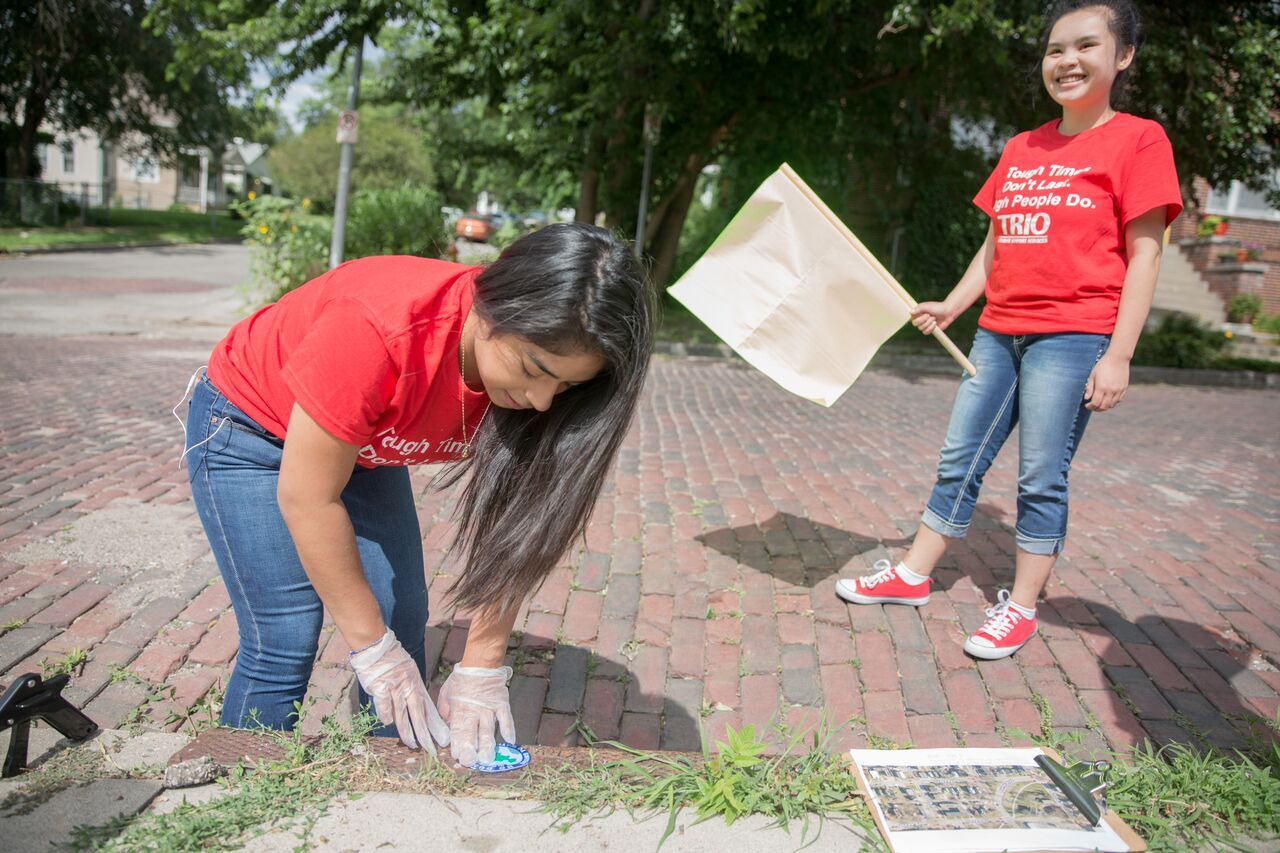
Learn more about water pollution and what you can do about it!
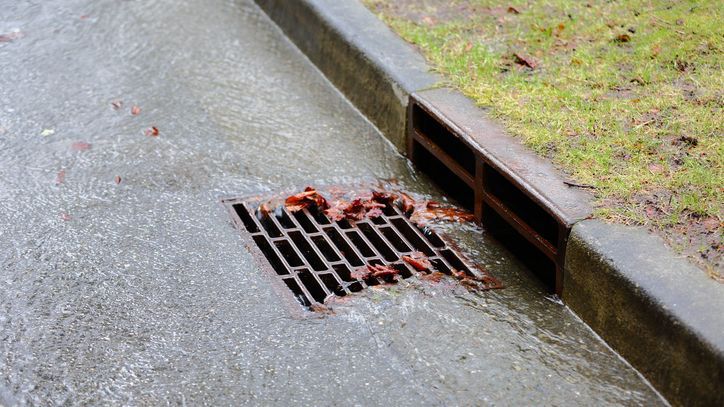

There are two standard types of water pollution: point source and nonpoint source.
- Point source pollution comes from a single point, such as a factory or an oil spill. A helpful way to think about this is to see if you can take your finger and point directly to the pollutant.
- Nonpoint source pollution is harder to identify because it comes from many different sources. Consider a city street; when it rains, all of the little bits of pollution on the street (leaks from cars, lawn or garden fertilizer, litter, and pet waste, etc.) wash into the storm drains which leads directly to our waterways. It’s hard to identify one single nonpoint source of pollution because in a typical city, it comes from many sources.
Check out this video to learn more about water pollution.
Did you know that polluted stormwater, or nonpoint source pollution, is the number one cause of water pollution in Nebraska?
Litter and other pollutants in waterways contaminate habitat for animals. Polluted creeks, rivers, and lakes affect our ability and desire to recreate in those areas. Our streams, creeks, rivers, and lakes also lead all the way to the ocean, so our pollution not only affects us, but everything downstream from us.
In Nebraska, we’re lucky enough to live in a water-rich state, thanks to the Ogallala Aquifer and seven other aquifers. Many communities cannot access water as easily as we can here. In Omaha, our drinking water comes from the Missouri and Platte Rivers and the Dakota Sandstone Aquifer. Pollution in those rivers directly impacts our drinking water. Water treatment is complicated and costs increase if water in the rivers becomes more polluted. For more information about our local drinking water, check out the Metropolitan Utilities District website.
Now let's explore the activities below to learn more about water pollution and what you can do about it!

In this activity, you’ll create your own miniature watershed to better understand the interconnected nature of our water systems and how they’re affected by pollution.
What you need:
- Washable markers
- Computer paper
- Spray bottle with water (if you don’t have a spray bottle, you can use any small water squirter)
How to do it:
- Use your washable markers to draw a picture of your neighborhood. Include houses, streets, trees, cars - whatever you see near your home. Be sure to use different colors for each subject you draw.
- Crumple the paper up into a ball.
- Gently spread the paper out, but don’t lay it flat. It should have “hills” and “valleys” from being crumpled up.
- Use your spray bottle to wet your paper.
- Watch how the water moves the colors around on the page. The colors represent pollution present around our homes. How does the water move the colors on the page around? What does this have to do with water pollution?
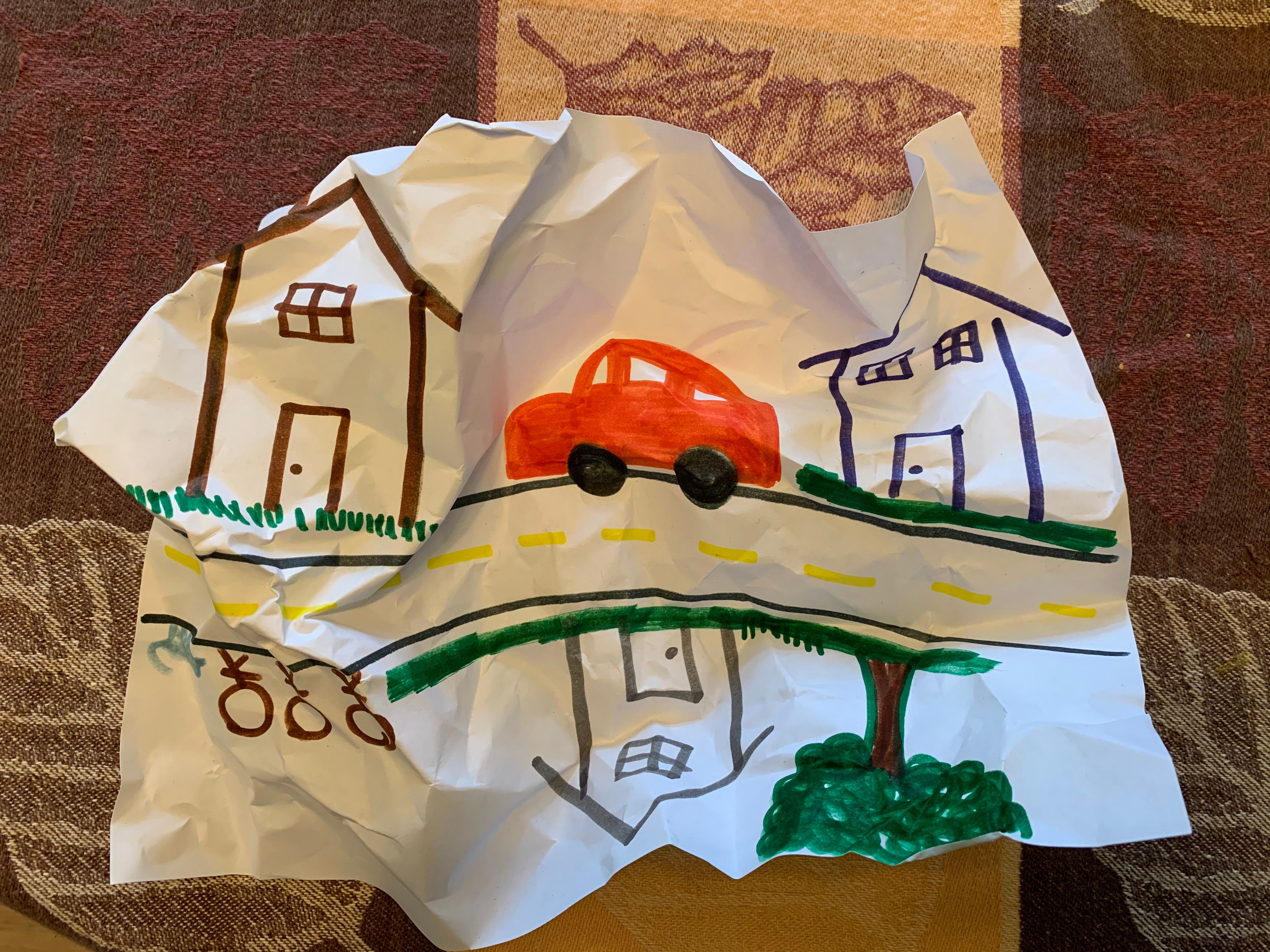
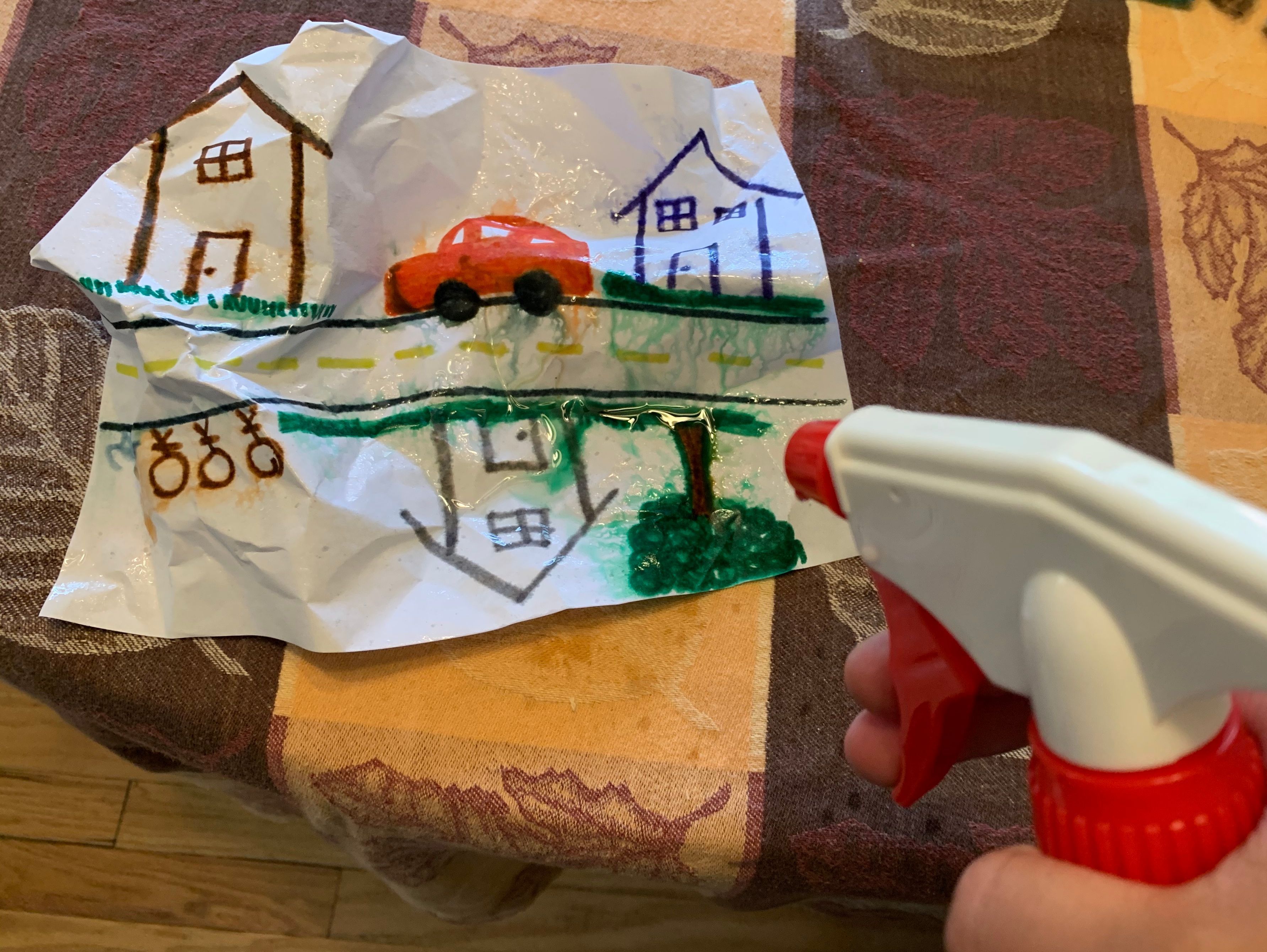
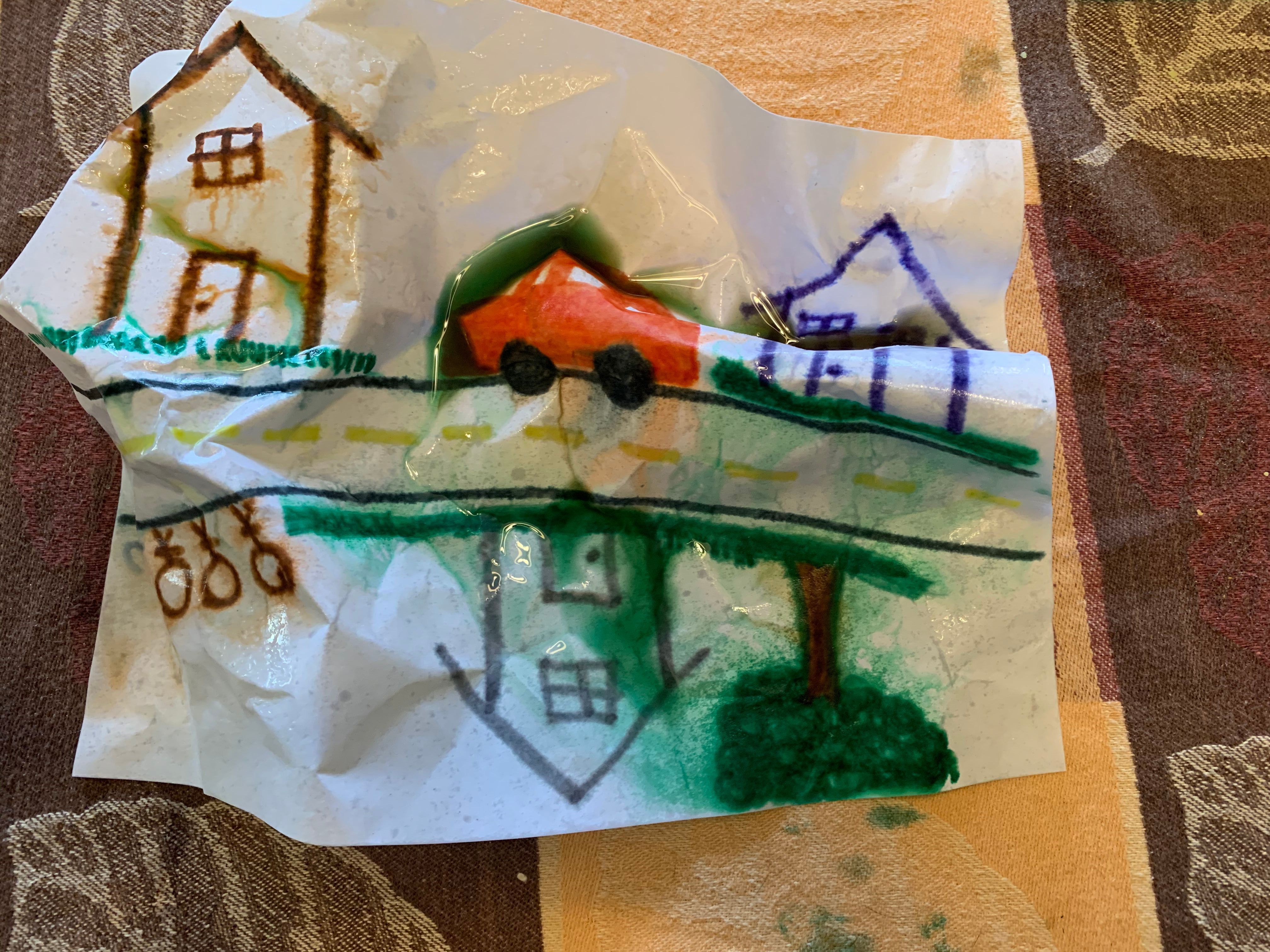

Runoff is the term used to describe precipitation that “runs off” hard surfaces and into storm drains. In this activity, you will simulate rainwater run-off to discover what happens to water as it travels into storm drains.
What you need:
- A bucket or several large cups of water
How to do it:
- Take a bucket or several cups of water outside.
- Stand on your driveway or walkway - a hard surface near your home. Slowly pour the water and watch where it goes.
- How does it travel to the street? Where does it go once it gets to the street?
- Continue following the water.
- Where does it go? Does it enter a storm drain? Does it flow into a grassy area and get absorbed into the ground? If it does get absorbed into the ground, what do you think will happen when there is a heavy rain and all the water cannot absorb into the ground?
Think about this: Where does the runoff from around our homes go after it enters the storm drains? What do you think the water “picked up” along its path to the storm drain?

In this activity, you'll discover common sources of water pollution and learn helpful ways to prevent it!
1. Check out the first image below, Sources of Stormwater Pollution.
- What sources of water pollution do you see? Can you find all eight sources of water pollution?
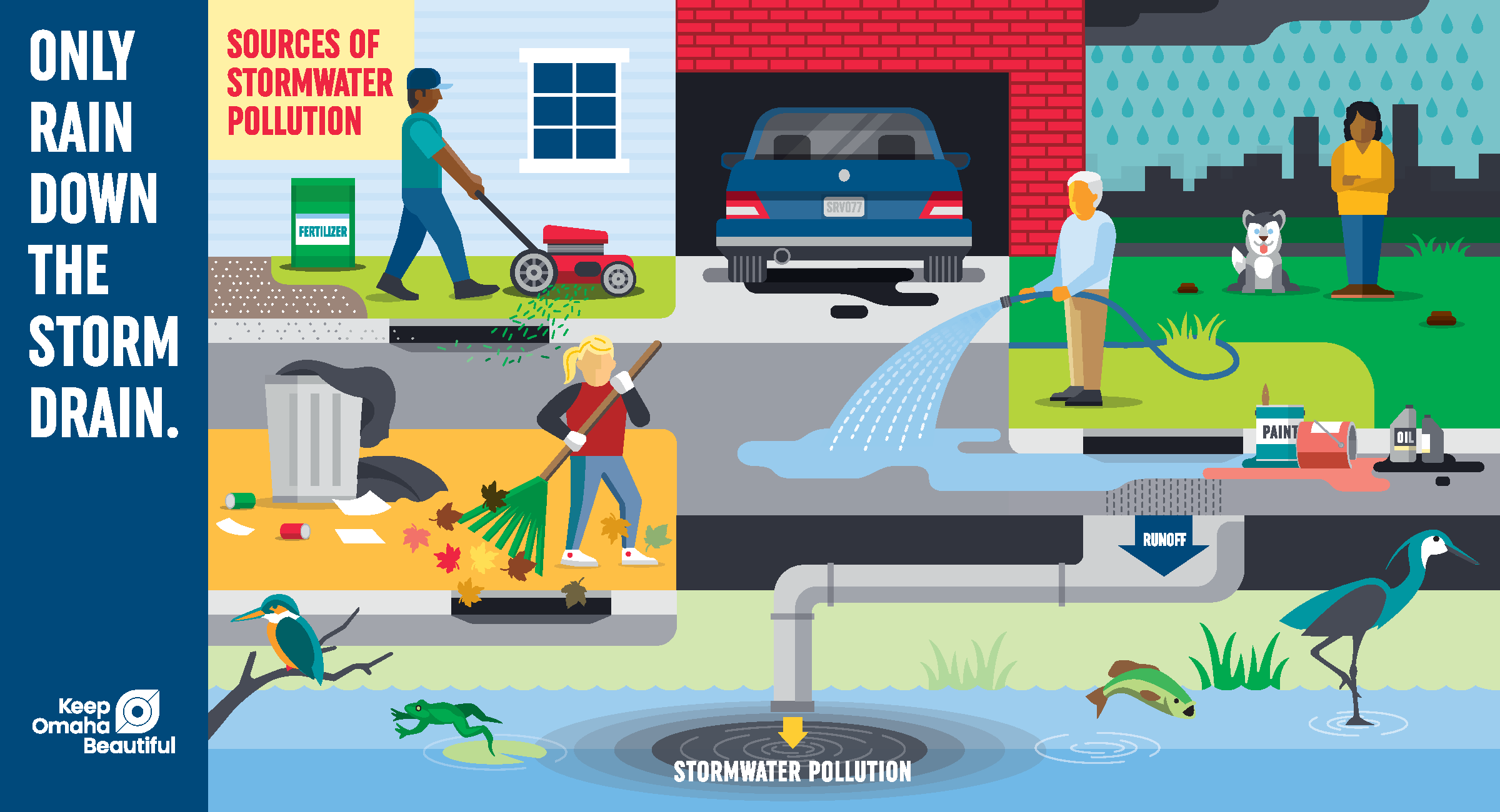
2. Now, look at the next image, Solutions for Stormwater Pollution.
- How have the residents changed their behaviors to reduce water pollution?
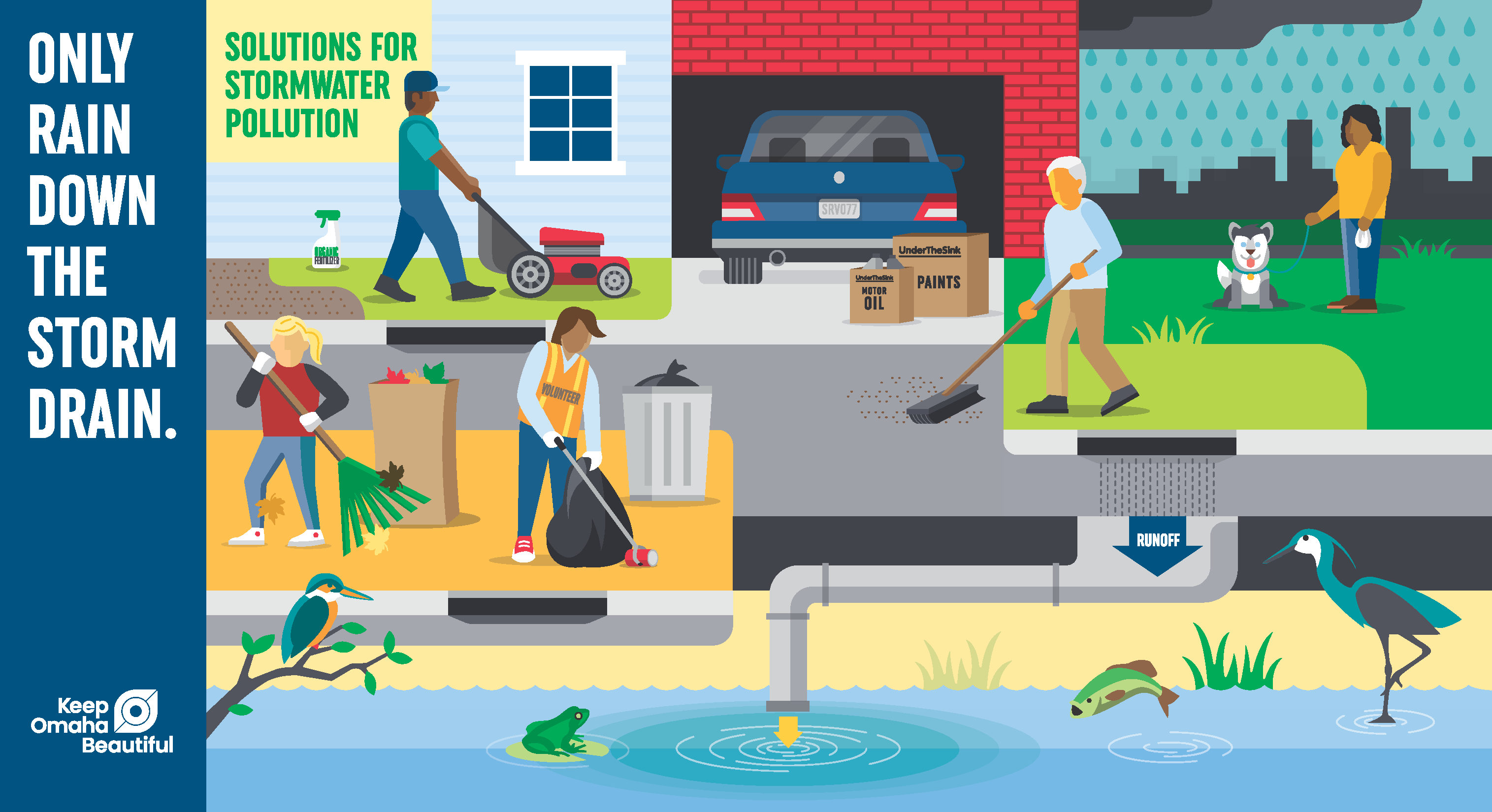

Want to do more to help reduce water pollution? Volunteer with Keep Omaha Beautiful to install "no dumping / drains to waterways" decals on storm drains and educate community members about water pollution prevention. Click here to learn more about this volunteer opportunity and sign up today!

- Check out Omaha Stormwater for more information about stormwater, what you can do about it, and projects in Omaha to reduce stormwater pollution.
- Learn more about watersheds and how your water fits into the global water system.
- This video will help you understand more about watersheds and water pollution.

We would love to see where this lesson led you! Share your photos and videos with us by tagging #stewardshipschool and #keepomahabeautiful.

